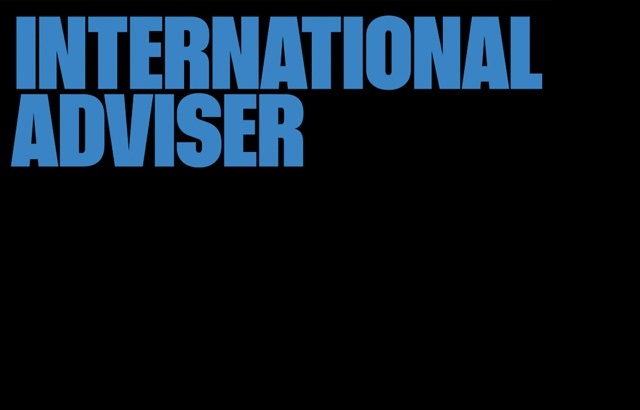Threadneedle wrote to investors in the Threadneedle Multi-Manager funds in mid-February informing them of its strategic decision to exit the multi-manager business entirely and its plans to transfer the funds concerned to 7IM which would merge them into its existing funds.
According to Threadneedle, the decision was taken following a review of the business which was acquired in 2011, when it took over the assets of LVAM.
“We feel it is in the best interests of the funds’ investors that these portfolios are managed by a specialist provider of multi-manager funds,” it said.
7IM was chosen as the best home for the assets following a “full tender and due diligence process assess which investment house would be the best fit for our funds, our clients and our investment team.”
It added: “7IM, an independent investment manager with a strong institutional backing, has been selected due to its significant experience and expertise in the management of these types of funds.
Should the vote go through, Threadneedle’s four strong multi-manager team, which includes fund managers Giles Gilbertson and Damian Barry and two analysts will also transfer to 7IM.
Threadneedle was also careful to note that, if the vote goes through holders of the funds will notice a few differences. The first is that while Threadneedle’s funds are risk-targeted, 7IM’s are risk-rated.
“7IM provides asset allocation expertise but does not commit to manage the 7IM Funds to the DT risk profiles,” it said.
There are also a few investment-related differences to the two approaches. The first, said Threadneedle, is that 7IM uses derivatives to improve portfolio efficiency and hedge currencies, whereas the Threadneedle funds do not use such instruments.
The second difference relates to commodities exposure, the Threadneedle funds expanded their investment policy to allow investment into commodity-linked investments, which the 7IM funds are unable to do.
And, finally, all of the Threadneedle Funds, other than the Balanced Managed Fund, are currently able to gain some direct exposure to commercial property, the firm said. The 7IM funds are unable to do this and have no intention of investing in property directly.
If the mergers are approved at the EGM, the effective date for the transfer will be 24 April 2015.








